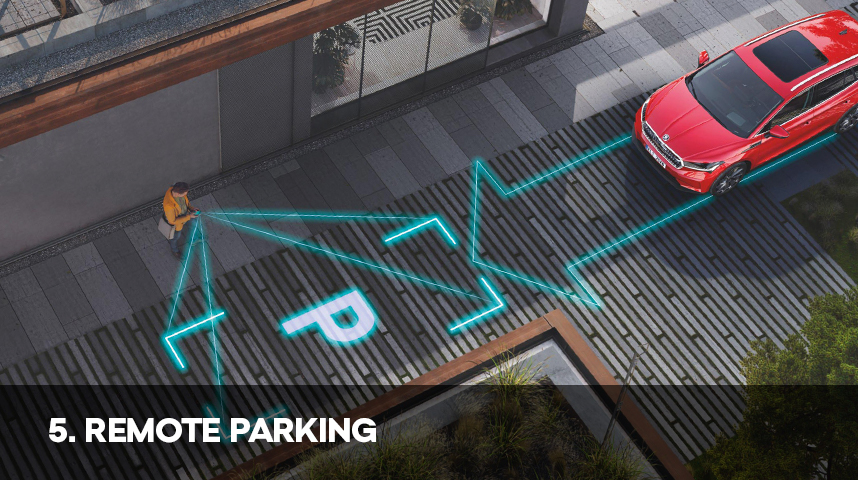
This smart assistant was introduced in 2003 and has been evolving ever since. Automatic parking can use sensors and cameras to determine whether there is enough space between parked cars for your car as you drive past. The car could then back into the space in one manoeuvre, with the driver controlling the accelerator and brake and shifting gears. Today, this assistant can now reverse precisely in multiple manoeuvres, park in perpendicular spaces, first by reversing and later when driving forwards, and eventually automatically exiting from a parking space. Gradually, the space needed and the gap the system had to allow between the car and obstacles in front and behind were also reduced. The car can now also brake itself in front of a sudden obstacle.



















